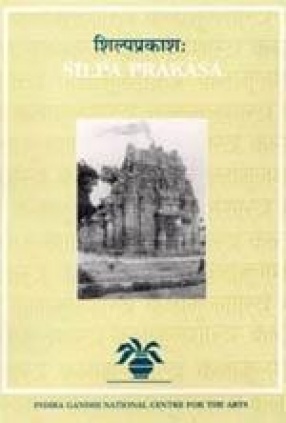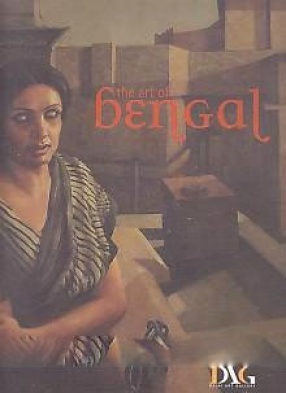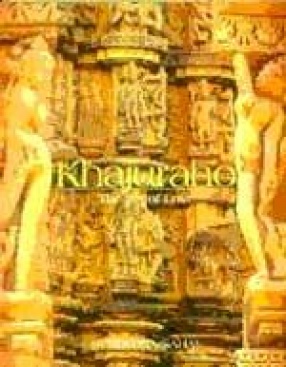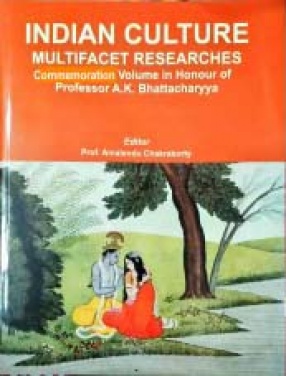The present work represents an approach to a hitherto unexplored aspect of Hindu sculpture. It deals with pre-medieval sculpture and, leaving aside the historical, the doctrinal and the aesthetic aspects of this art, it concentrates exclusively on the question of composition.
The principles of composition which are here discussed and defined, have resulted from a careful analysis, carried on for a number of years, of the great sculptures of the Rock-Temples at Elura, Badami, Mahabalipuram and others, that is to say of sculptures of the pre-medieval period of the Rastrakuta, Calukya and Pallava schools.
In these sculptures the author first detected the existence of a cogent compositional lay-out. And since, as compared with later schools of sculpture, this lay-out appears to be here in its basic and purest form, they have been selected for the present study.
The work consists of two parts. The first is a general introduction explaining the origin and reason of this research, with a description of the compositional principles found in the sculptures and a theoretical discussion of their character and meaning.
The second part is a demonstration of the principles described above, in form of detailed analyses of 21 sculptures: each analysis is accompanied by a photograph of the sculpture with a short description of the subject-matter, and by two line diagrams one presenting the Space division or Measure, and the other the Time division or Movement. Each of these divisions is described separately and then brought into a synthesis, on the basis of which the deeper content of the image can be explored.
The book had been out of print for some time and is now for the first time published in India as a reprint, with an additional foreword by Dr. Kapila Vatsyayan, an appendix containing some important reviews, and a general index.






There are no reviews yet.